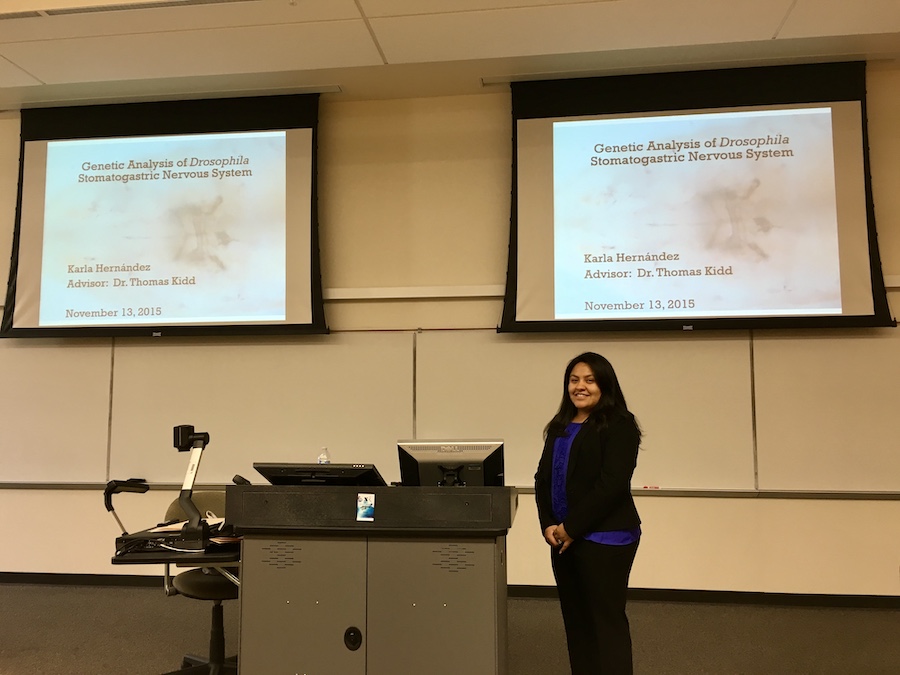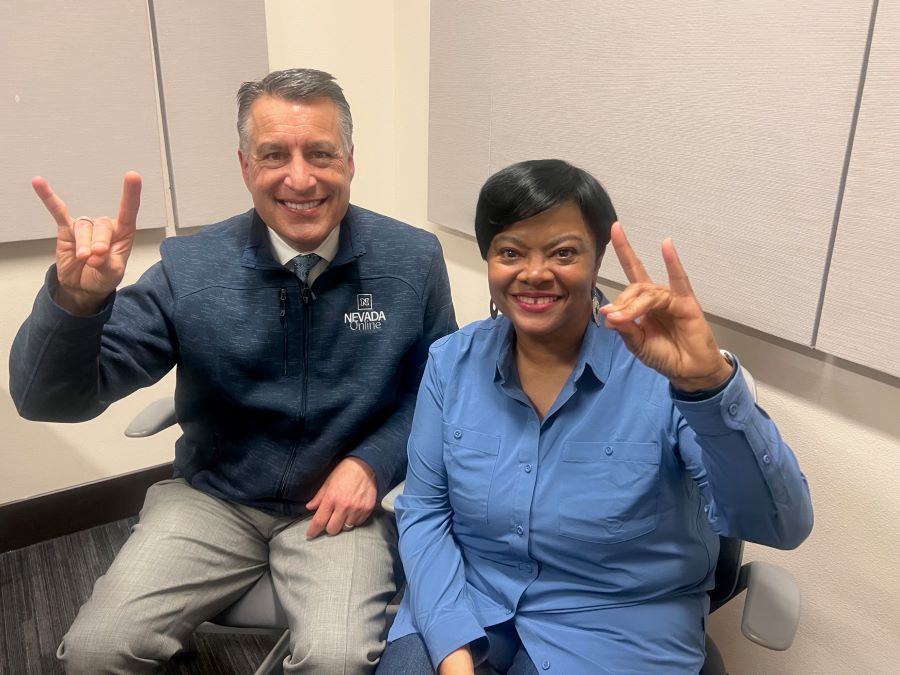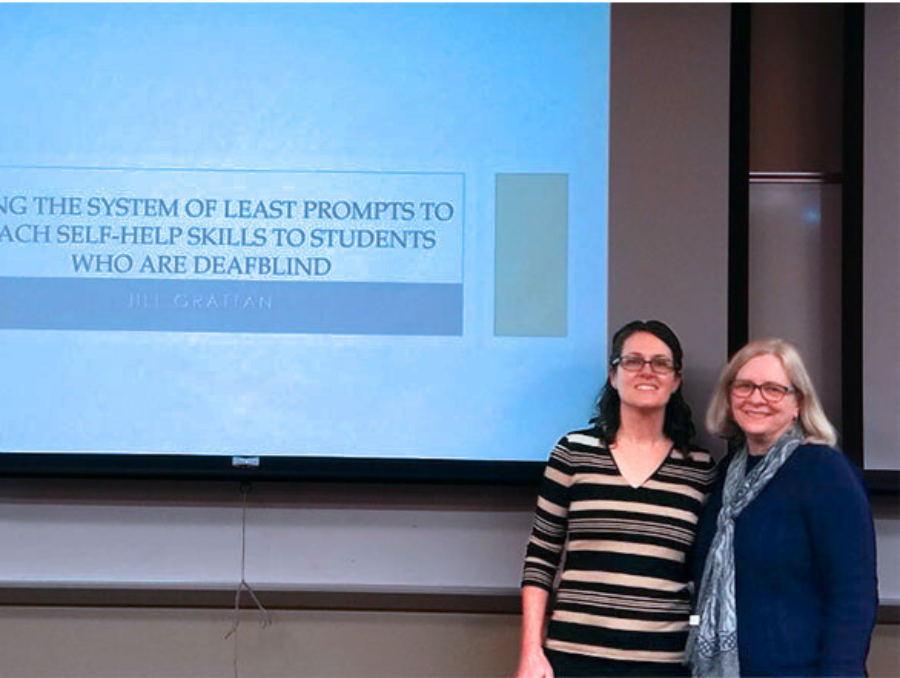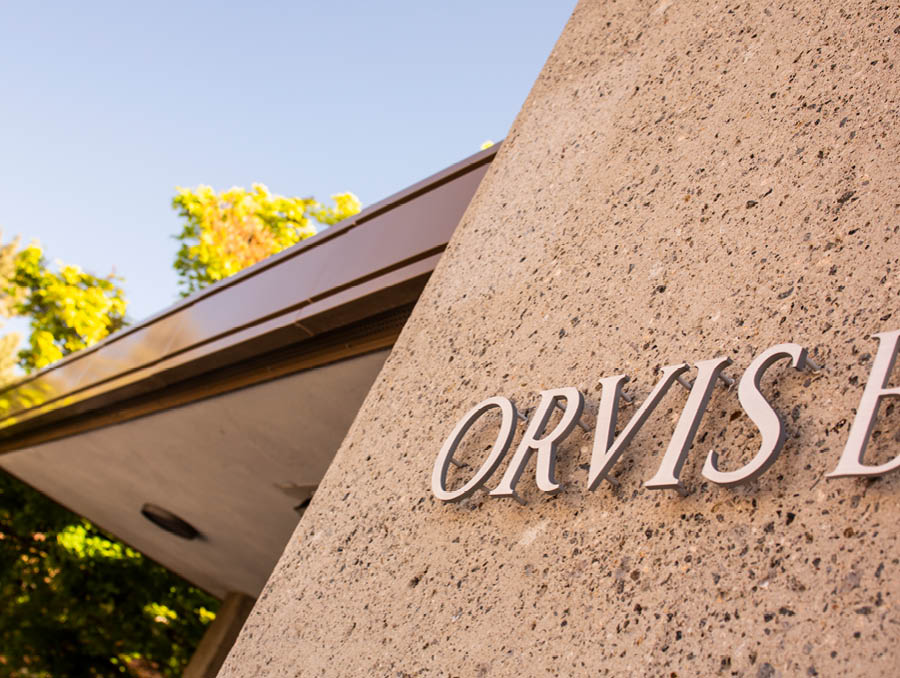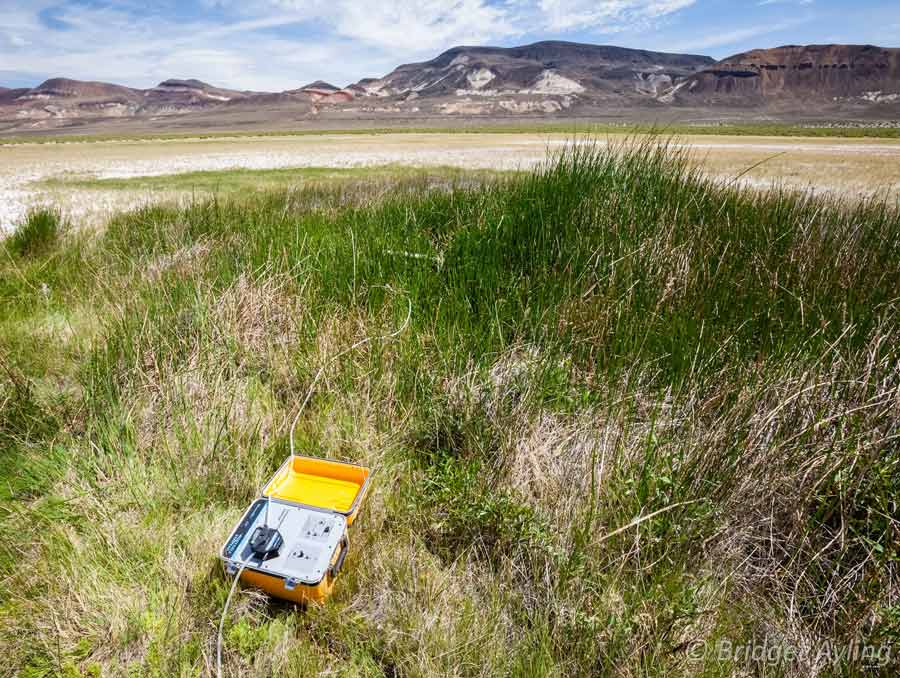For the third consecutive year, the University’s concrete canoe team will compete in the finals of the national collegiate competition. Argentum, Latin for silver, and her crew took first place April 27 at the Mid-Pacific Regional Competition at Lake Natoma near the University of California, Davis.
"The Mid-Pacific Conference was the toughest I have seen with Nevada, Cal Berkeley, San Jose State and U.C. Davis all making a grab at the national competition,” Argentum team member Corbin McFarlane said. “We placed first in the final product category with a beautifully finished canoe, and took first in the design paper with Berkeley in second and Davis in third. Berkeley edged Nevada in all three sprint races, at times by very narrow margins, but we outperformed them in both slaloms: again by narrow margins.”
Each year the American Society of Civil Engineers (ASCE) invites thousands of engineering students from around the world to design, build and paddle canoes made from concrete. This year marks the 21st time the top teams from each region, including Canada and Mexico, will compete for the title at the National Concrete Canoe Competition (NCCC). Last year marked the first time the winning team at the NCCC was invited to the world finals in the Netherlands for a chance to compete against teams from all over Europe, Asia and Africa.
At the June 19-21 nationals competition in Montreal, the student-built concrete canoes will be judged in four categories: overall appearance, technical design paper, oral presentation and paddling. The Nevada team placed first in three of the four categories last year and took second overall in racing. All that despite a collision with the Berkeley canoe at the end of one race. The top three teams at the national competition win $5,000, $2,500 and $1,500 scholarships for first, second and third place, respectively.
“We feel like we set the bar last year,” said Robert Coomes, a paddler on Nevada’s team and the president of the students’ ASCE chapter. “We changed the whole design this year. Cerulean, last year’s boat, was fast in straight line, but was not the best on turns. So we tried to find a happy medium with the Argentum; it makes the turns better, has a flatter bottom and is more streamlined.”
This year, per the rules, there was a slight change in the water-to-cement ratio. The team decided to use hard chines, which are relatively sharp angles in the hull, unlike the rounded bottoms of most traditional boat hulls. Coomes said the crew decided to try something new with the surface of the canoe this year, as well.
“For the first time ever, we just didn’t stop sanding and then seal the boat,” he said. “All the teams usually stop sanding at anywhere from what’s called 600 grit to 2,000 grit sandpaper and then they seal the boat. We stopped sanding at 600, and then went back after it was stained and sealed, and sanded the sealer to 2,000. Once we added a rubbing compound, it slipped right through the water.”
The team members believe other top concrete canoe crews usually end up with well-constructed boats. But the Nevada crew also thinks its canoes are more graceful and come out looking sculpted rather than chiseled.
“Overall, I think the quality of construction in Argentum is much better than in our 2007 canoe,” McFarlane said. “We did a better job in accurately placing the carbon fiber reinforcement and concrete, and we did a better job making the shape of the canoe flow with no bumps or low spots. We managed to put a really nice shine on it by using those very small grits of sand paper. It’s possible to see objects clearly reflected in the bottom of our hull. At the competition on Saturday, someone from another team called our canoe ‘the new standard of concrete finishing,’ and I think that's right.”
After the regional competition, students are not allowed to fix or change anything on the canoes prior to finals. The Argentum came out of the water and the contest with a few cracks.
“Concrete cracks,” Coomes said. “It’s just a matter of getting it to crack where we want it to.”
Many people ask how it’s possible to make a concrete canoe float. Michael Taylor is a University team member and an engineering graduate research student who is used to answering that question.
“The concrete is 11 percent less dense than water, yielding a canoe that is naturally buoyant,” Taylor said. “Due to prestressing, the canoe has 3,440 pounds of compressive force applied, and Argentum weights about 175 pounds. The concrete mix features 14 unique ingredients, which give it impressive strength and weight properties.”
And although the team, which has more than 40 members, is excited about making the June nationals, it’s going to be a difficult trek to Montreal for the competition.
“Last year it was in Seattle,” Coomes said. “So it was a little easier to drive the boat and the team up there. This year, we’ll try to get a lot of the crew to fly, which will be very expensive, but we also have to rent a truck to trailer the canoe more than 2,000 miles. So it’s going to be interesting.”




